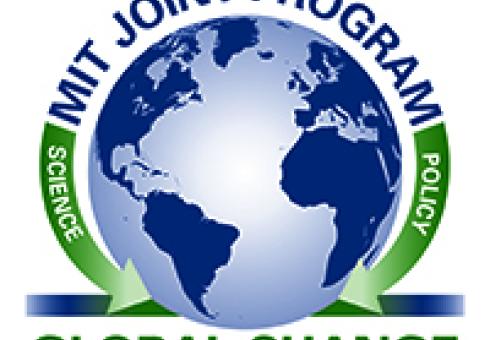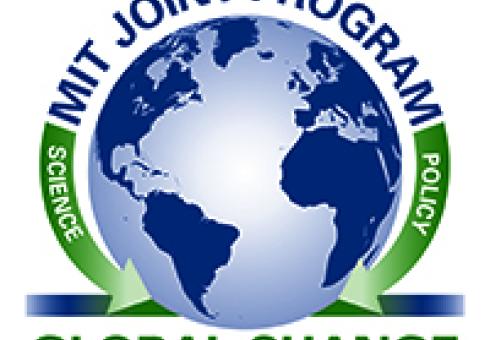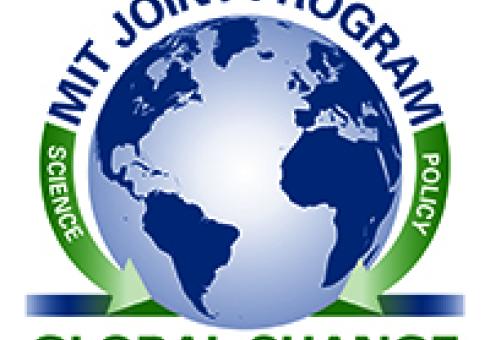Researchers at MIT's Center for Energy and Environmental Policy Research have produced a report concerning key design issues of proposed "cap-and-trade" programs that are under consideration in the United States as a way of curbing greenhouse gas emissions. The first contribution of the three-part study found that, based on an examination of the European Union's system and of similar U.S. programs for other emissions, such a program can indeed be effective in reducing emissions without having a significant economic impact. "The European experience confirms much of what has been learned from similar U.S. systems for other emissions, namely, that cap-and-trade systems can be constructed, that markets emerge to facilitate trading, that emissions are reduced efficiently, and that the effects on affected industries are less than predicted," said A. Denny Ellerman, the study's lead author and a senior lecturer in the MIT Sloan School of Management. More...
Error message
The link "../../pubs/abstract.php?publication_id=834" is invalid. Valid URL's typically start with "https://" for external or "/" for internal linksNews and Outreach: A. Ellerman
Lessons to be learned for U.S., globe.
In a bid to control greenhouse gas emissions linked to climate change, the European Union has been operating the world's first system to limit and to trade carbon dioxide. Despite its hasty adoption and somewhat rocky beginning three years ago, the EU "cap-and-trade" system has operated well and has had little or no negative impact on the overall EU economy, according to an MIT analysis.
Dr. Denny Ellerman participated in a Hearing of the U.S. Senate Committee on Energy & Natural Resources to discuss the progress of the European Union’s Emissions Trading Scheme and to receive information on lessons learned for policymakers who want to better understand how a market-based trading program could operate efficiently and effectively in the United States. (A transcript of the discussion is available here.)



